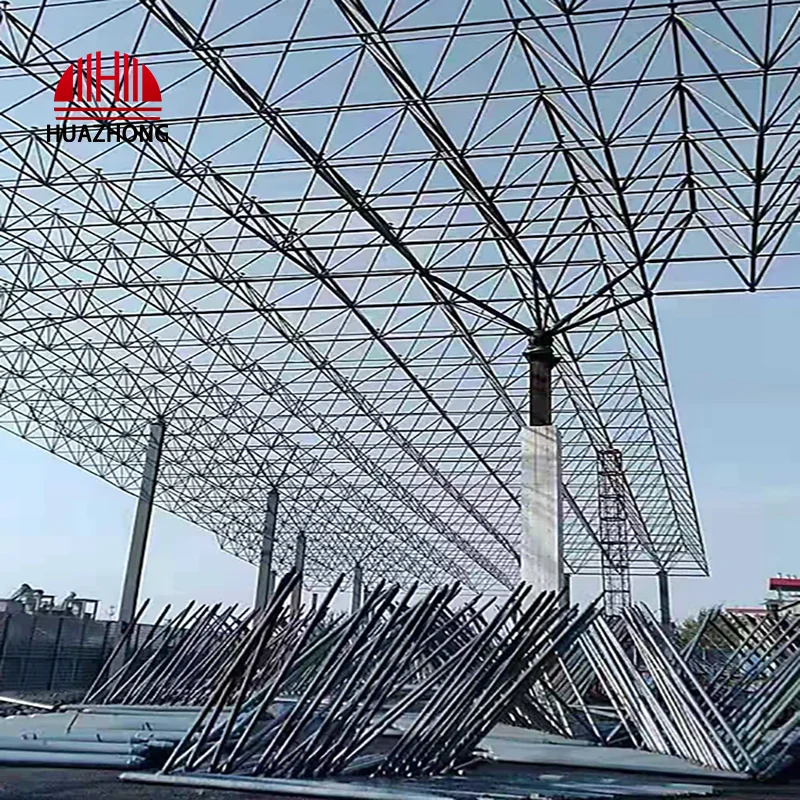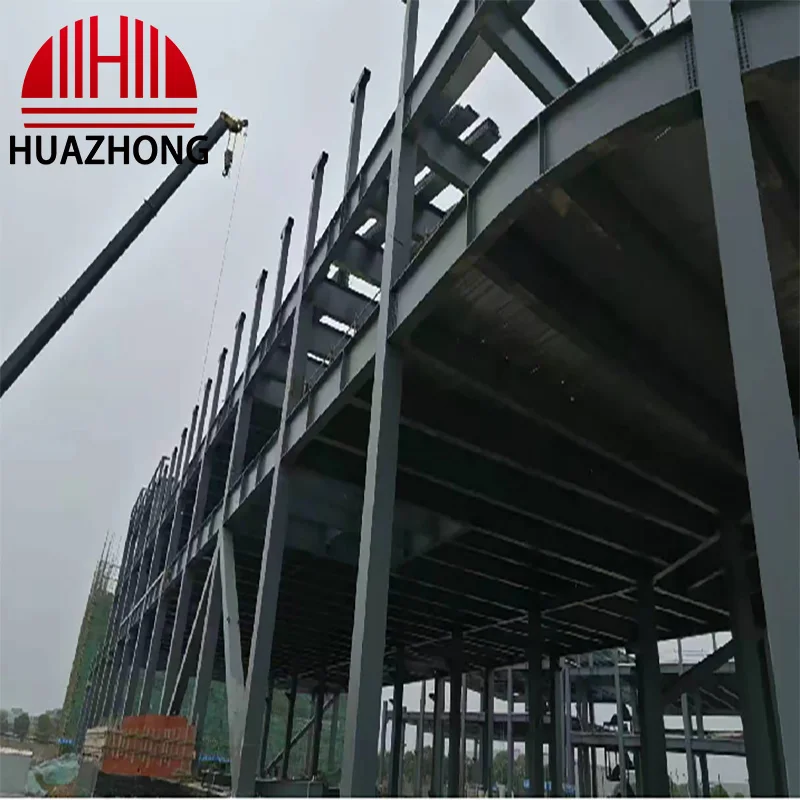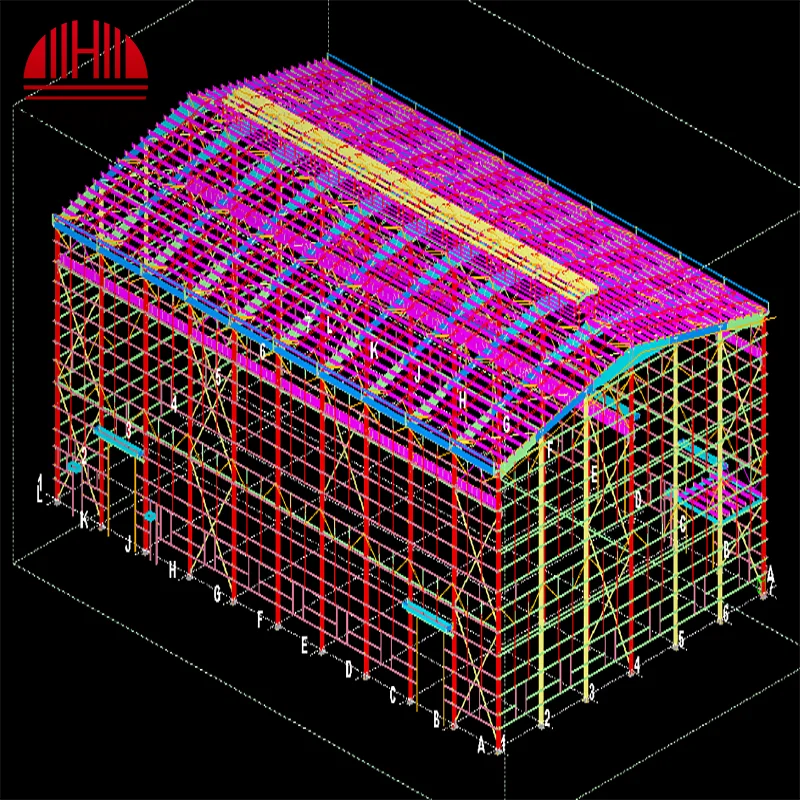المعدن مادة رائعة موجودة في العديد من الأماكن. فمن أدوات المائدة الفضية التي نستخدمها لتناول طعامنا، إلى المسامير المتينة التي تحافظ على تماسك منازلنا، يلعب المعدن دوراً كبيراً في حياتنا. سنتحدث اليوم عن بنية المعدن هيكل إطار معدني ، وكيف تتصل قطعه الصغيرة ببعضها، وكيف تعمل الحدود البلورية، وكيف تتكون السبائك، وكيف يمكن أن يتغير المعدن بتغير درجة الحرارة.
إذا نظرنا إلى المعدن باستخدام مجهر قوي للغاية، فسنلاحظ أنه يتكون من قطع صغيرة تُعرف بالذرات. هذه الذرات مرتبة بشكل منظم تمامًا كما قد تُرتّب ألعابك على رف. هذا الترتيب هو ما نسميه البنية البلورية للمعدن، وهو ما يساعدنا على معرفة طبيعة المعدن.
التوصل إلى نظرية حول خصائص المعدن استنادًا إلى ترتيب ذراته يشبه حل لغز شيق. من خلال كيفية ارتباط الذرات مع بعضها، يمكن للعلماء التنبؤ بمدى قوة المعدن أو مرونته أو لمعانه، كما قال الدكتور هيريوت. على سبيل المثال، فإن Huazhong بناء هياكل معدنية التي تكون معبأة بشكل وثيق ستكون عادةً قوية جداً، في حين أن المعدن الذي يحتوي على ترتيب أكثر تخفيفاً للذرات يمكن أن يُثنى بسهولة نسبياً.

الآن، دعونا ننتقل إلى حدود الحبوب. فكّر في ملف-cookie ذو قطع الشوكولاتة - حيث تمثل القطع حبات المعادن الفردية. حدود الحبوب هي الحدود بين الحبوب المختلفة، ولها تأثيرات مهمة على قوة المعدن. تماماً مثل البسكويت الذي يحتوي على الكثير من قطع الشوكولاتة قد يكون هشّاً، فإن المعدن الذي يحتوي على حبوب أدق وعدداً أكبر من حدود الحبوب يمكن أن يكون أضعف.

السبائك هي المحاليل السحرية للمعادن. هوازونغ خيام معدنية مخصصة تنتج عن طريق الجمع بين معدنين أو أكثر بطريقة تؤدي إلى إنتاج مادة جديدة ذات خصائص محددة. يستطيع العلماء تعديل بنية المعدن وإبقائها أقوى أو أكثر متانة من خلال إضافة مكونات. تُستخدم السبائك في كل شيء من المجوهرات إلى الطائرات، لذا فهي مهمة للغاية في عالمنا.

أخيراً، دعونا نفكر في الاعتماد على درجة الحرارة لبنية وخصائص معدن هوازهونغ مباني معدنية من الفولاذ للبيع .فما ينطبق على المعدن عند التغير في درجات الحرارة يشبه ما يحدث مع الجليد والماء، حيث يذوب الجليد ويغلي الماء عند درجات حرارة مختلفة. فعند درجات الحرارة المرتفعة، يمكن أن تتحرك ذرات المعدن بسهولة أكبر، مما يجعله أكثر ليونة ويسهل تشكيله. لكن المعدن يصبح هشًا ومعرّضًا للكسر بسهولة في درجات الحرارة المنخفضة جدًا.

حقوق النشر © شركة شاندونغ هوازهونغ للصلب الثقيلة المحدودة. جميع الحقوق محفوظة - سياسة الخصوصية-المدونة